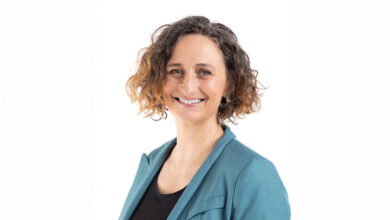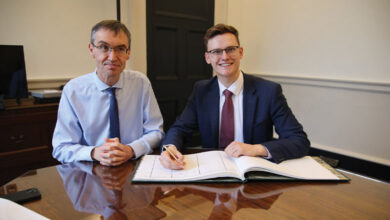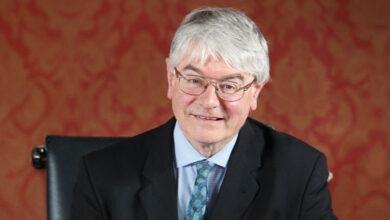TRADE UNION DESK How we deliver the homes that people need

A new report from the Parliamentary Budget Office (PBO) crystallises the fundamental problem with current housing policy, writes Owen Reidy, General Secretary, Irish Congress of Trade Unions (ICTU).
Housing Affordability for Private Household Buyers in Ireland takes a deep dive into housing supply and affordability (for private buyers) and charts how both have fared over the past decade. These challenges are at the very root of the ongoing crisis.
The report confirms what many either suspect, or already know by way of hard experience in our dysfunctional housing market: the key metrics are all moving in the wrong direction, drifting ever further away from the goal of providing secure, affordable homes for all.
Thus, the report reveals that between 2012 and 2022, wages rose by 27 per cent, while house prices rose by a remarkable 75 per cent. Rents for private tenants rose by a staggering 90 per cent, over the same period.
This ‘affordability gap’ has been growing exponentially over the last decade and is now clearly unsustainable, in political, economic, and social terms.
It leaves us with a stark choice as a society: if we want to solve the housing crisis, then we either we close that gap through dramatic wage and income growth, or we move decisively to bring house prices and rents down.
It is clear that we need a paradigm shift in how we approach and deliver housing, nothing less than a fundamental restructuring and repurposing of our entire housing model.
Owen Reidy, General Secretary, ICTU
Yes, the supply of housing has increased in recent years. But mistakes made in the immediate aftermath of the 2008 crash, mistakes that were compounded by policy choices taken in the years that followed, have left a terrible and daunting legacy of unmet housing need amongst a whole generation.
Those policy choices also stripped us – via the State and local authorities – of our capacity to respond to the crisis and enshrined a fatal dependency on private, for-profit developers and landlords to deliver sufficient new homes and rental properties to satisfy the bulk of existing and future housing demand.
This market-based approach rests on the belief that increased supply of housing in itself, will serve to drive down prices and deliver affordable homes. But the ‘for-profit’ development model does not work that way. In fact, developers require house prices to continually rise in order to secure finance and continue operating. Therefore, falling prices – and more affordable homes – act as a disincentive to build.
Our housing system is structurally incapable of delivering affordable homes in the numbers required to resolve the crisis. Thus, the PBO report confirms that an individual or couple on median income – the midpoint of the salary scale – can no longer afford the purchase price of an average new home. This is the generation that has been effectively locked out of the housing market.
It is clear that we need a paradigm shift in how we approach and deliver housing, nothing less than a fundamental restructuring and repurposing of our entire housing model.
Congress has published a new set of proposals on how this could be achieved (Congress Housing Ireland plan: www.ictu.ie/publications/housing-ireland-how-we-deliver-homes-people-need). In our view, the overarching goal of all housing policy must be the delivery of secure and genuinely affordable homes to all who need them. All else – the means of delivery, the resourcing, the skills – should then flow from that essential objective.
Congress is proposing the establishment of an entirely new entity – Housing Ireland – that will assume responsibility for delivery of new public housing, cost rental and affordable purchase homes. The new entity will be established on the same basis as existing semi state bodies, such as the ESB.
Initial financing can be secured from the existing surplus in corporate tax receipts and the new body could then issue long-term, state-backed bonds as required.
Congress is also proposing that tenants in the rental sector be afforded genuine security, primarily through the banning of no fault evictions (usually when properties are sold), along with a coherent national system of rent control.
Finally, a new, legal Right to Housing would underpin this ambitious programme of change and communicate a powerful signal as to the new model we seek to build.





